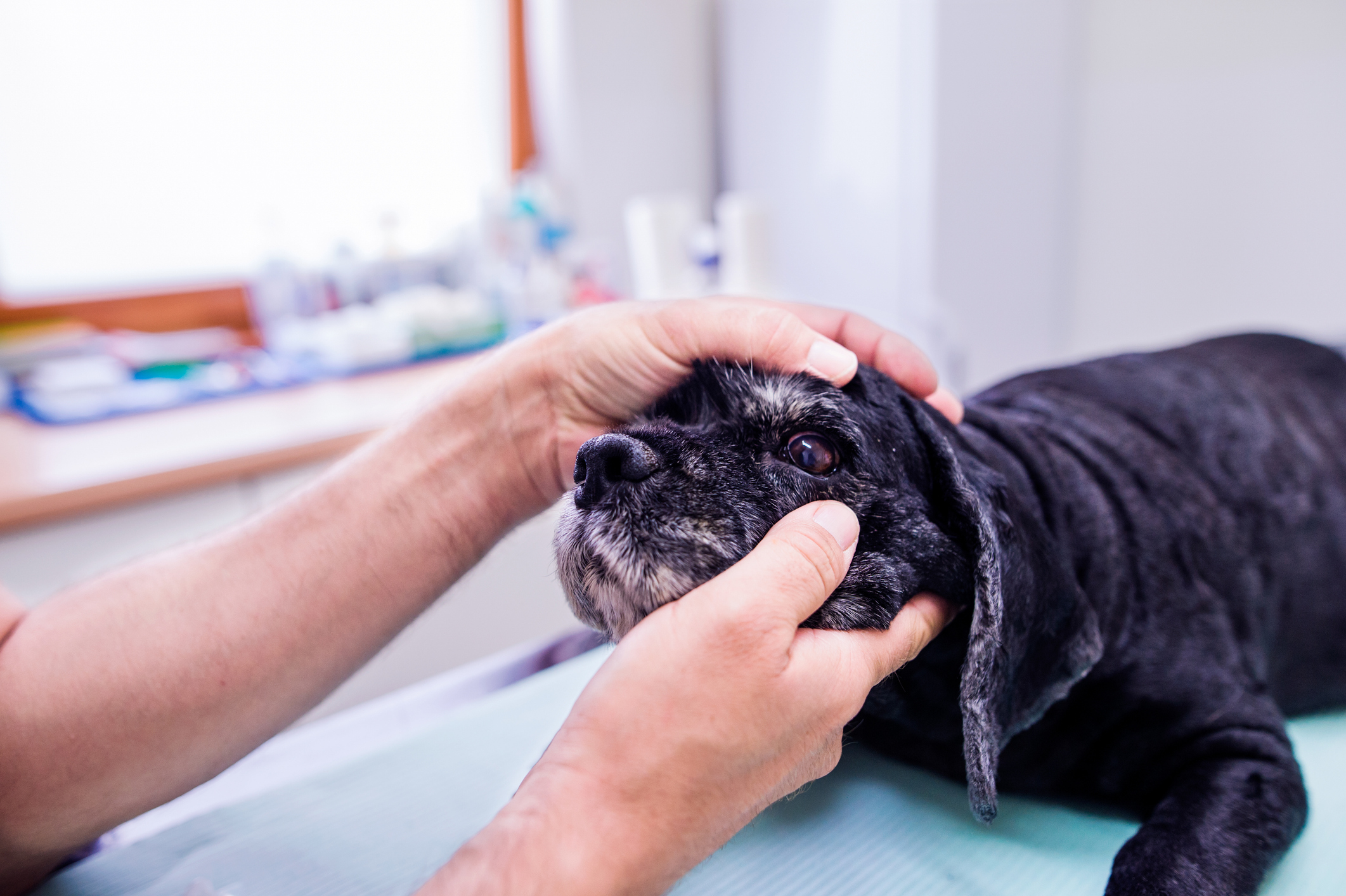Share this article with clients. It's important for pet owners to understand their pet's condition.
In 2020, it was estimated that 1 in every 300 dogs and 1 in 230 cats would develop diabetes during their lifetime. Additionally, a report published in 2016 suggested an upward trend in the disease, rising 80% in dogs and 18% in cats over a ten-year period.
In this article, we'll discuss what pet owners need to know about pet diabetes.
What is pet diabetes?
Pet diabetes, also known as diabetes mellitus in animals, is a chronic metabolic disorder that affects dogs and cats (and occasionally other pets like ferrets). It is similar in many ways to diabetes in humans. In diabetes, the pet's body has difficulty regulating blood surag (glucose) levels. This typically happens for one of two reasons:
Insulin deficiency
This is known as Type 1 diabetes in humans. In pets, it's more commonly seen in dogs than in cats. It occurs when the pancreas fails to produce enough insulin, a hormone responsible for regulating blood sugar levels. Without enough insulin, glucose cannot enter the body's cells to provide energy, resulting in elevated blood sugar levels.
Insulin resistance
This is similar to Type 2 diabetes in humans. It is more frequently observed in cats and is characterized by the body's cells not responding properly to the insulin produced. This leads to an insufficient uptake of glucose by cells, causing high blood sugar levels.
What are the common signs and symptoms of diabetes in pets?
Here are the key signs and symptoms to watch for:
Early signs
- Excessive thirst. One of the early signs of pet diabetes is excessive thirst. You may notice your dog drinking water frequently and emptying their water bowl more often than usual. This increased thirst occurs because the body is attempting to eliminate excess sugar by excreting it through the urine, which in turn leads to increased water consumption.
- Increased urination. Dogs with diabetes may start asking to go outside more frequently and may have accidents in the house. This increase in urination is a result of the body's efforts to expel excess sugar, causing more water to be excreted alongside it.
- Weight loss. Despite consuming normal portions of food, diabetic dogs may experience weight loss. This occurs because their bodies struggle to efficiently convert nutrients from their food into energy.
- Increased appetite. Diabetic dogs often exhibit an insatiable appetite. This is because their body's cells aren't receiving all the glucose they need for energy, even though they are eating a normal amount of food.
Advanced signs
In more advanced cases of diabetes, the symptoms become more pronounced and may include:
- Loss of appetite. Diabetic dogs may lose interest in eating altogether.
- Lack of energy. They may become lethargic, displaying a noticeable lack of energy and enthusiasm.
- Depressed attitude. Some dogs with advanced diabetes may exhibit a depressed or subdued demeanor.
- Vomiting. Frequent vomiting can occur in advanced cases, indicating a worsening condition.
Serious health effects
Uncontrolled diabetes can have severe consequences for a pet's health, including:
- Cataracts. Untreated diabetes can lead to the development of cataracts, which can eventually result in blindness.
- Enlarged liver. Diabetes can cause the liver to enlarge, potentially affecting its function.
- Urinary tract infections. Diabetic dogs are more susceptible to urinary tract infections, which can cause discomfort and health complications.
- Seizures. In rare cases, seizures may occur due to uncontrolled diabetes.
- Kidney failure. Prolonged uncontrolled diabetes can damage the kidneys, potentially leading to kidney failure.
- Ketoacidosis. Ketoacidosis is a potentially life-threatening medical condition characterized by the accumulation of ketones in the blood.
How can my vet diagnose diabetes in my pets?
Diagnosing diabetes in your pet is a process that your veterinarian can undertake with several straightforward tests. One of the primary methods involves checking for excessive glucose levels in both the blood and urine. Additionally, blood tests can reveal other key indicators of diabetes, such as high liver enzymes and electrolyte imbalances.
It's worth noting that the earlier diabetes is diagnosed and treatment initiated, the better the prospects for your pet's quality of life.
What happens once my pet is diagnosed with diabetes?
Once your pet is diagnosed with diabetes, your veterinarian will take several crucial steps to manage the condition effectively and ensure your pet's well-being:
Insulin provisions
First, your doctor will provide an initial dose and type of insulin tailored to your pet's specific needs. It's important to note that insulin cannot be administered orally; instead, it must be given by subcutaneous injection.
Don't worry, these injections typically involve a very small needle and are very well-tolerated by most pets. Your veterinarian or a veterinary technician will provide you with thorough training on how to administer these injections safely and comfortably for your pet.
Flexibility and periodic adjustments
Diabetes management is not a one-size-fits-all approach. Your veterinarian will periodically need to make adjustments to your pet's treatment regimen based on ongoing monitoring and assessments of their response to insulin therapy. This flexibility is crucial in achieving optimal control of your pet's blood sugar levels.
Dietary recommendations
In addition to insulin therapy, dietary recommendations play a pivotal role in managing diabetes in pets. Your veterinarian will provide guidance on a suitable diet, emphasizing the importance of consistency in feeding times and portion control. Proper nutrition is key to regulating blood sugar levels and supporting your pet's overall health.
Ongoing assessments
Successful treatment of diabetes requires ongoing vigilance and care. This entails regular veterinary examinations, blood and urine tests, and diligent monitoring of your pet's weight, appetite, drinking habits, and urination frequency. These periodic assessments help your veterinarian fine-tune the treatment plan, ensuring that your pet's diabetes remains well-controlled and that any necessary adjustments are made promptly.Blood glucose monitoring
To ensure that your pet is receiving the right amount of insulin, you need to check their blood glucose levels at feeding and injection times daily. Blood glucose monitors like Petrackr help you monitor your pet's glucose levels, ensuring the effectiveness of their treatment by providing real-time data and enabling timely adjustments to their insulin therapy.Sources
Biospace.com articleAVMA.org article
AKC.org article
Cornell.edu article
Share
Related blogs

Revolutionizing Veterinary Ophthalmology: Enhancing Ocular Health with Innovative Tear Film Solutions

Puddin's Story
A behavior case study focusing on medication choices, training programs, setbacks, and recovery.

